
Vol. III, No. 1, January 2025
2024 nationwide agritourism participation survey
We'll report on the results from our second nationwide agritourism participation survey in this and future issues. We conducted the survey on December 10-11, 2024.
First, the good news. At least one person from a greater share of households in 2024 than in 2023 visited a farm or ranch for some activity. Someone from 81% of U.S. households participated in one or more agritourism activities in 2024, an increase from 76% in 2023.
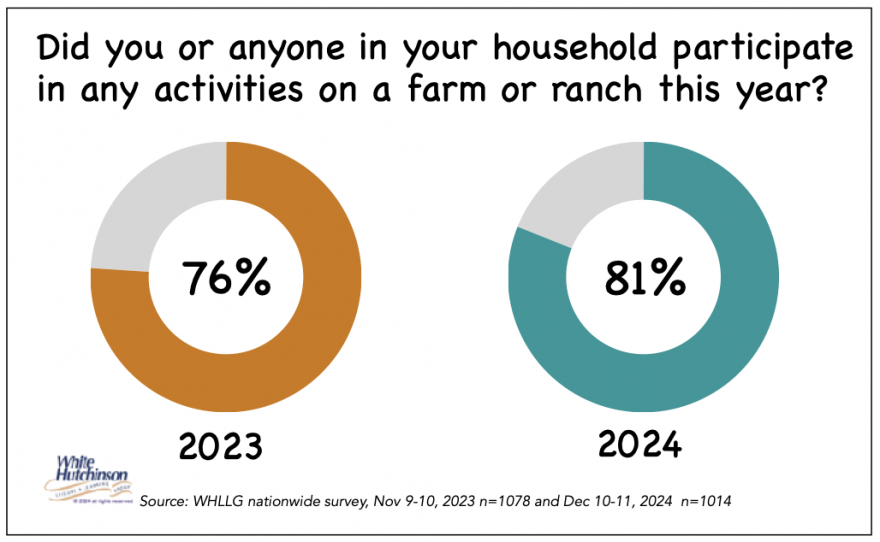
However, participation in different types of festivals declined. Both Fall corn maze and pumpkin patch-type festivals saw participation drop from 44% in 2023 to 35% last year. Sunflower festivals saw a decline from 17% to 12% in 2024.
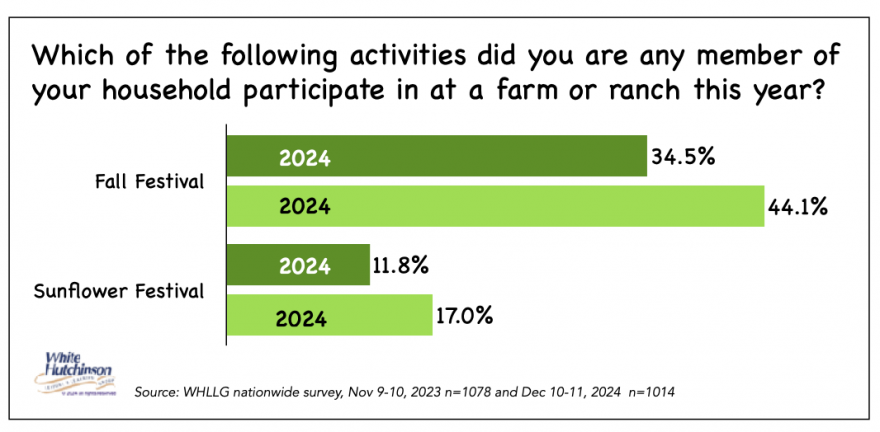
A decline in Google searches appears to confirm a declining interest in Fall and sunflower festivals.
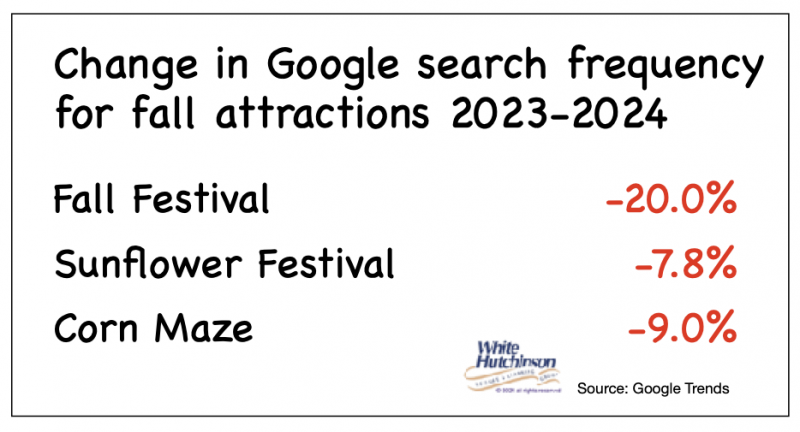
Every type of crop/food-based festival also saw declining participation in 2024. Strawberry festivals continue to remain the most popular, followed by blueberry festivals, with peach festivals coming in a close third in popularity.
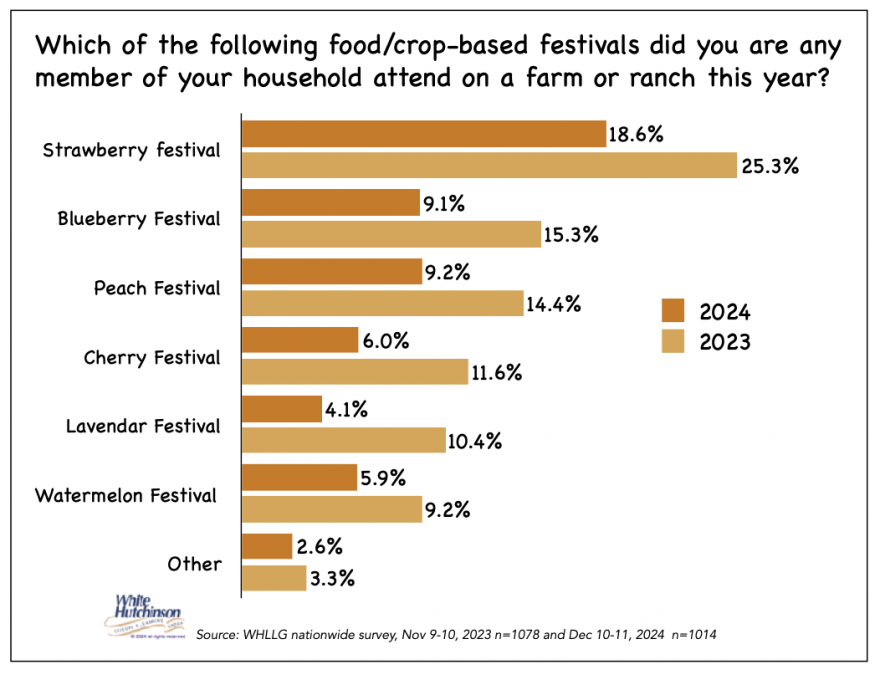
The survey results are a nationwide average. In some parts of the country, participation may have increased, while in others, it may have declined. Some farms may have seen increased attendance for some activities, while other farms may have seen a decline. Regardless, for the U.S. as a whole, participation was down for all the above activities.
There are several reasons why participation could have been down.
Economic factors are very likely a factor, as over half of the survey participants reported annual household incomes of less than $75,000. Since 2020, inflation has been especially challenging for lower-income households. One economist calculated that lower-income households experienced 6.7% inflation over the past year based on adjusting their mix of goods and service purchases. That's more than twice the actual inflation rate, which was in the low 2% range. Lower-income households lost the pandemic economic support that helped prop up their discretionary spending in 2021 and 2022. Lower-income households are being pinched by high grocery prices, rents, and interest rates and falling behind on their credit card bills. As a result, discretionary spending on away-from-home entertainment and agritourism activities is much less feasible an option for them.
Examining household participation and spending data validates that lower-income households have declined attendance and spending at away-from-home entertainment venues such as theme parks, family entertainment centers, and agritourism venues, and at museums. Average annual household spending by the lower 40% of income household for fees and admissions to community theme parks, family entertainment centers (FECs), etc., and to museums declined by 37% from $19.15 in 2019 to $12.00 in 2023 when adjusted for inflation, and probably stayed low or even decreased more in 2024.
Agritourism festivals that cater to families with children have a declining appeal due to a decline in families with children attributable to the long-term trend of declining births that began in 2007.
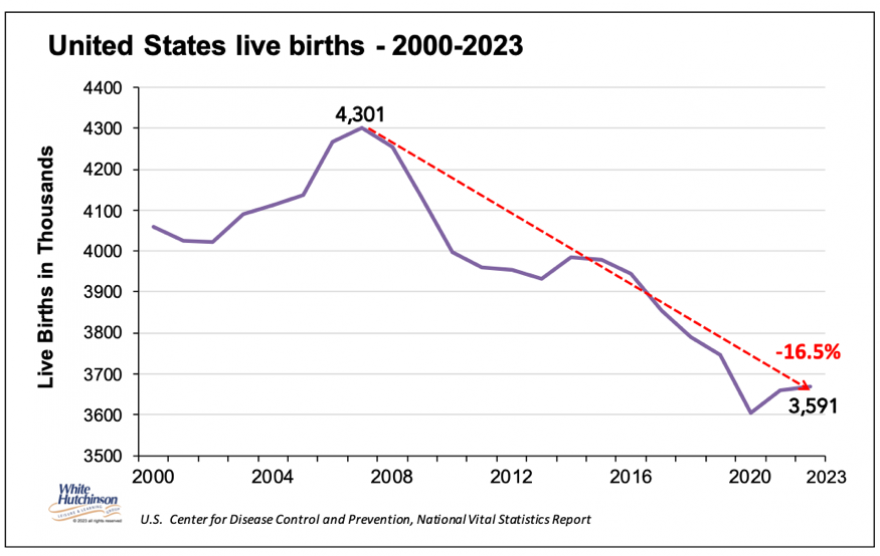
In 2023, less than one-fifth of all households had children under age 18 living in the household (19.4%). For households aged 25-34, the percentage with at least one child has declined to only 36% in 2023 from 52% just 20 years earlier.
Increasing competition is also a factor.Agritourism venues don't only compete with each other. Instead, they compete with everything people can do with their leisure time, both at home and away from home. The away-from-home options have grown enormously. This includes food and drink festivals, science museums adding rides, and immersive museum experiences such as Meow Wolf, to name just a few examples. Additionally, the appeal of live sporting events has increased, and people spend 20% more of their away-from-home leisure time, 1.8 hours more a year, attending them.
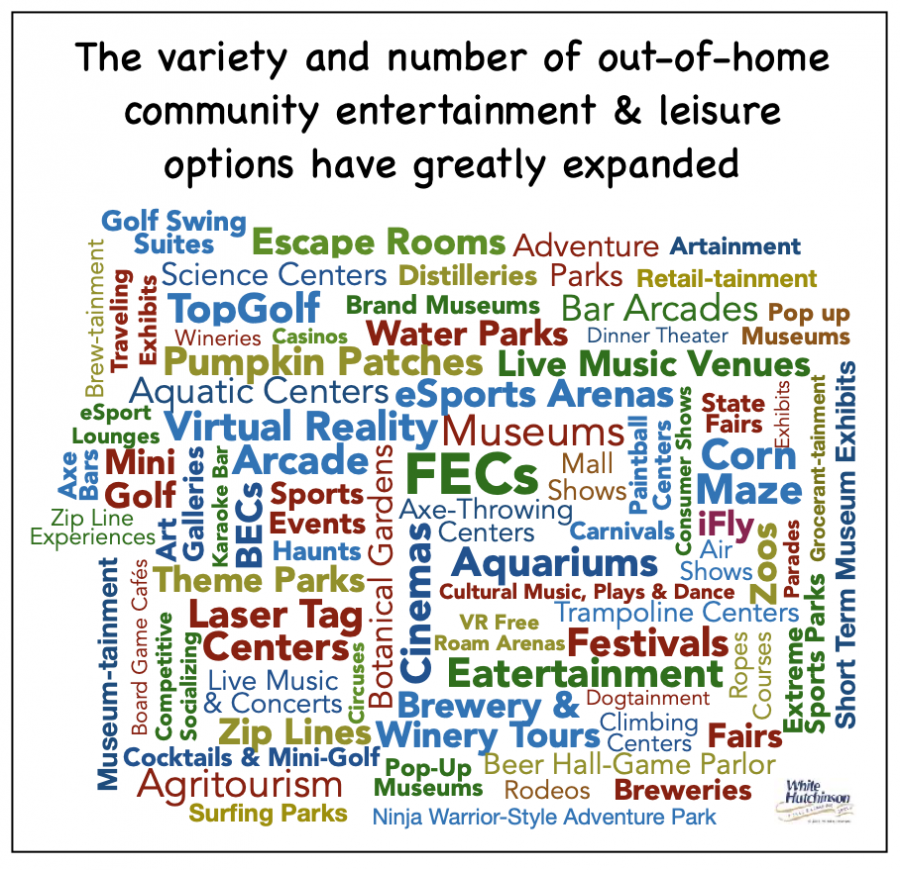
Today, most people would rather be known for their experiences than their possessions. And the more status-worthy and unique experiences they can have and post, the greater their social capital. So, people are constantly seeking new and unique experiences that their friends and social media followers haven't yet enjoyed so that they will envy them. People seek unique new experiences rather than repeating the same old things, such as attending the same agritourism event every year. With so many away-from-home options, especially limited-time offerings (LTOs), today, there is far less reason to repeatedly visit the same one. This has raised the bar for the quality and type of experience agritourism must offer to compete. The emergence of sunflower festivals several years ago is just one example of how some farms found a new, unique type of event to drive attendance.
Subscribe to Agritourism Today



